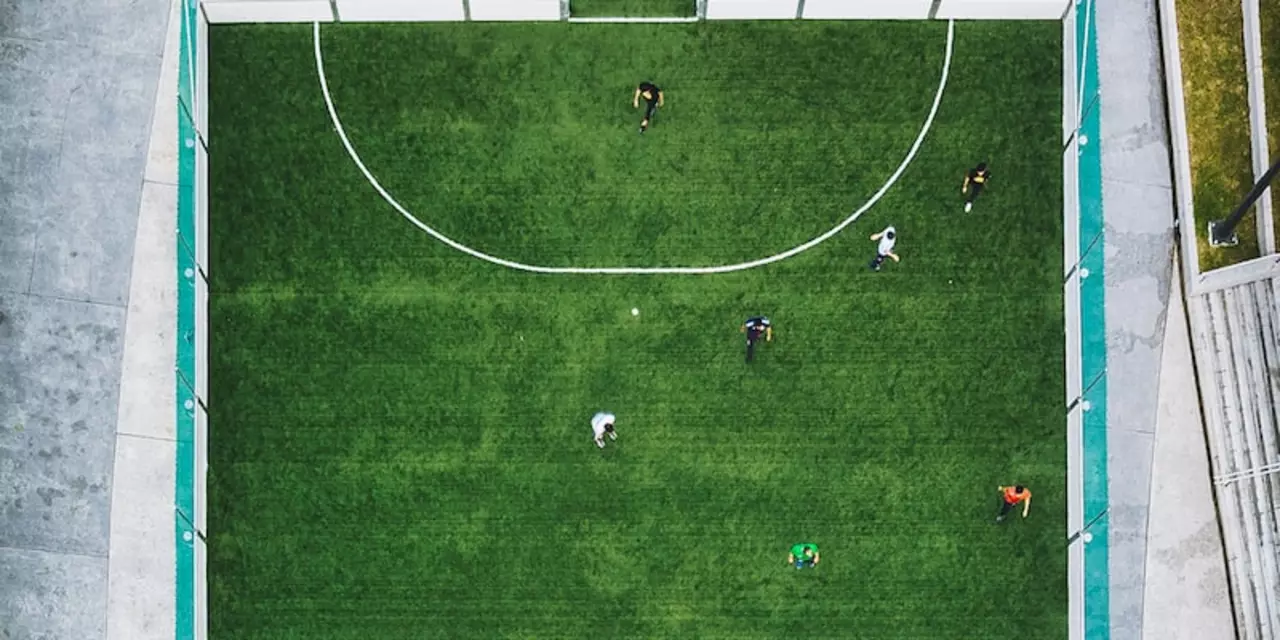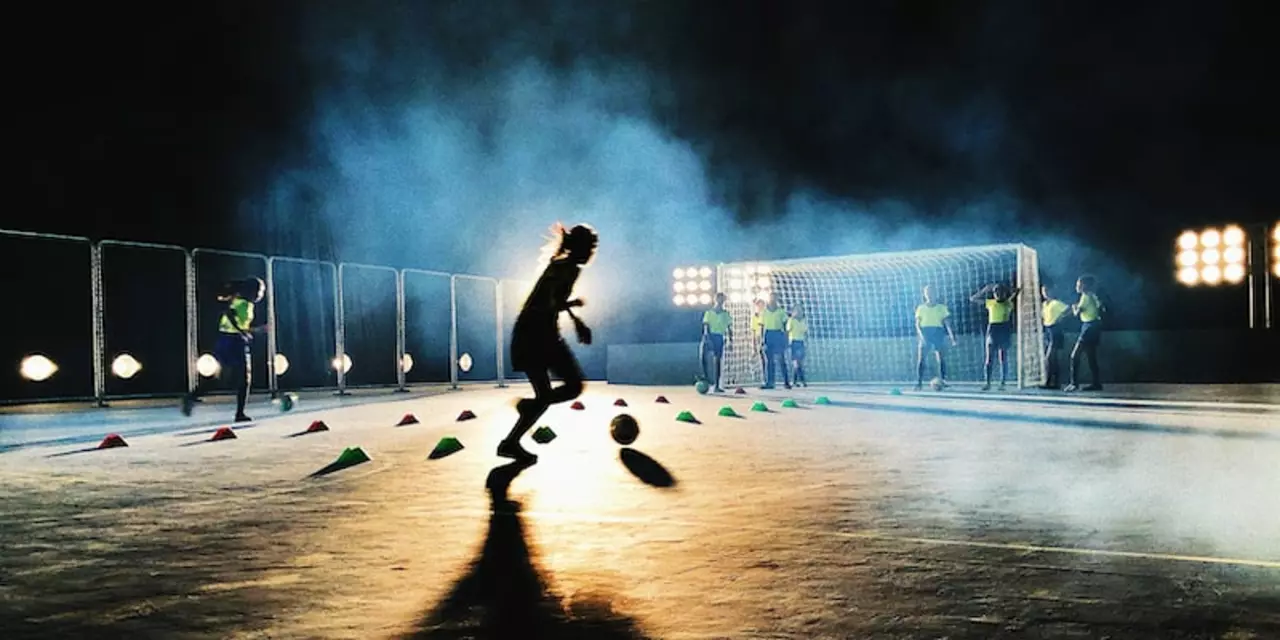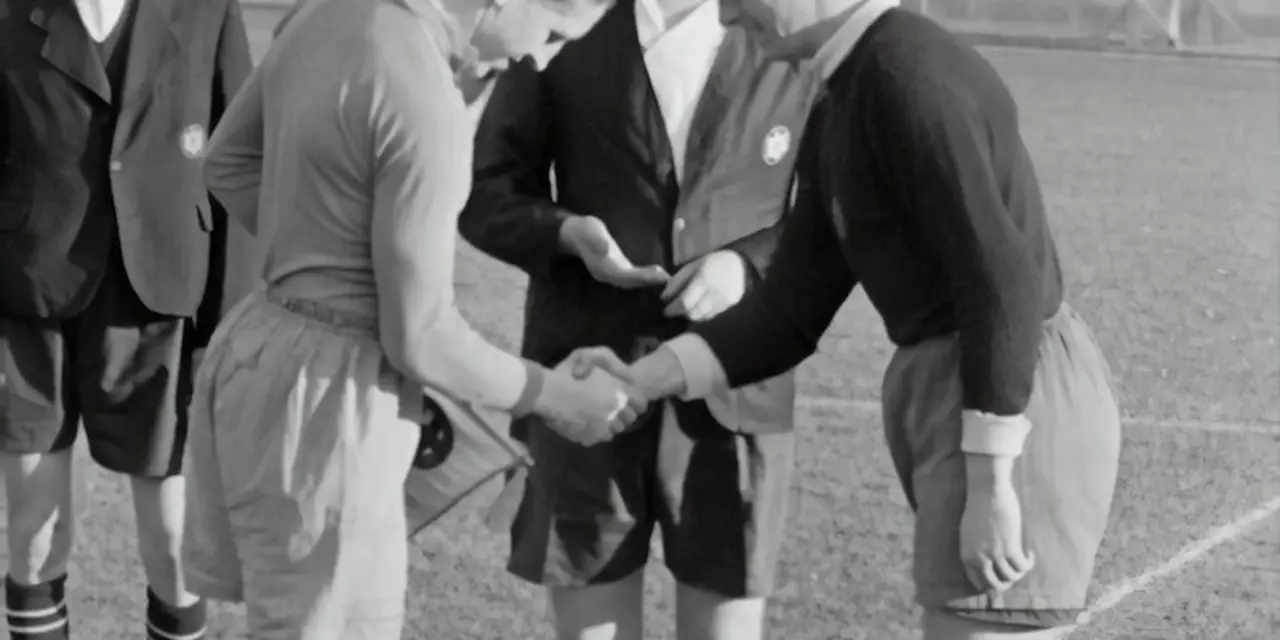February 2023 Soccer Management Archive
When diving into soccer management, the art of planning, coaching, and directing soccer teams at any level, you quickly see how it intertwines with coaching, the process of teaching skills and tactics to players and tactical analysis, the systematic breakdown of match patterns to gain a competitive edge. In February 2023 we gathered fresh pieces on set‑piece routines, pressing structures, and the latest scouting software, all aimed at helping you run a smarter, tighter squad. Soccer management encompasses everything from daily training drills to long‑term squad building, and each article in this archive reflects that breadth.
Key Themes Shaping February’s Content
The first theme revolved around player development, the progression of individual abilities through tailored training and feedback. Articles showed how a focused youth program can boost first‑team depth, and they linked directly to coaching methods that stress positional awareness. The second theme was data‑driven analytics, the use of statistics and video to inform decisions on tactics and recruitment. We explained how heat maps reveal overloads, and how expected goals (xG) can reshape attacking philosophy. Finally, tactical flexibility featured heavily; pieces on switching from a 4‑3‑3 to a 3‑5‑2 illustrated that tactical analysis influences player development by demanding new skill sets and decision‑making speed.
Each of these clusters ties back to the core idea that effective soccer management, requires a blend of strategic planning, on‑field instruction, and analytical insight to stay ahead. For example, a coach who embraces modern analytics gains a clearer picture of opponent tendencies, which in turn informs training drills that target specific weaknesses. Likewise, a manager focused on player development will prioritize drills that improve ball retention under pressure, a direct outcome of tactical analysis insights. These relationships form a virtuous cycle: better data fuels smarter tactics, which sharpen player growth, ultimately raising the overall quality of soccer management.
Beyond theory, the February archive gave you practical tools you can start using today. We broke down a weekly training schedule that balances technical work, small‑sided games, and recovery, all linked to the latest sports science findings. There’s a step‑by‑step guide on building a scouting database using free software, and a quick‑reference cheat sheet for common set‑piece variations. Whether you’re a youth coach, an assistant looking to impress, or a head manager planning a season, the pieces here give you concrete actions rather than vague advice.
Now that you know the main ideas—coaching fundamentals, tactical analysis, player development, and data analytics—scroll down to explore the full February 2023 collection. You’ll find each article tagged for easy navigation, so you can jump straight to the topic that matches your current challenge. Let’s get into the details and turn those insights into results on the pitch.


